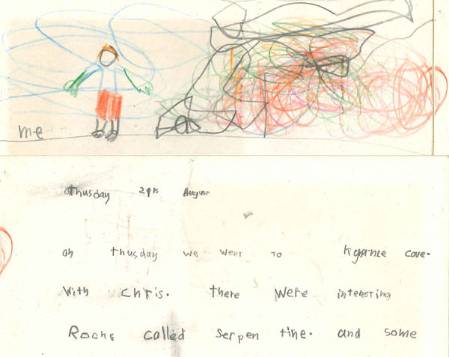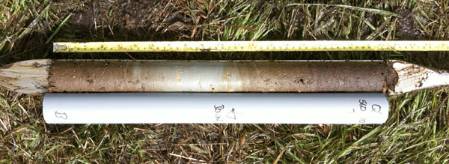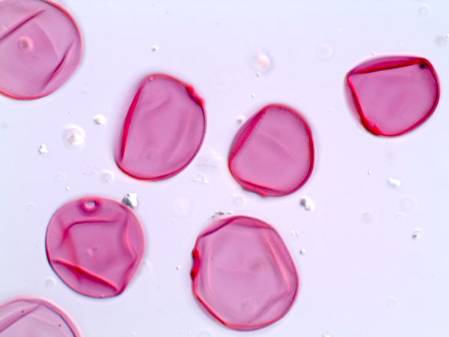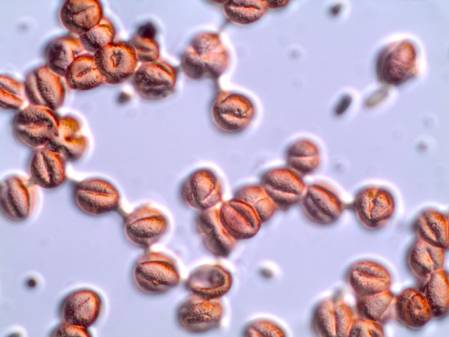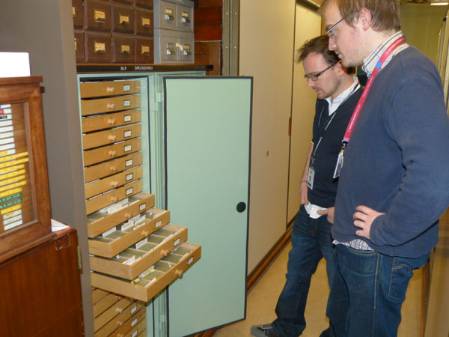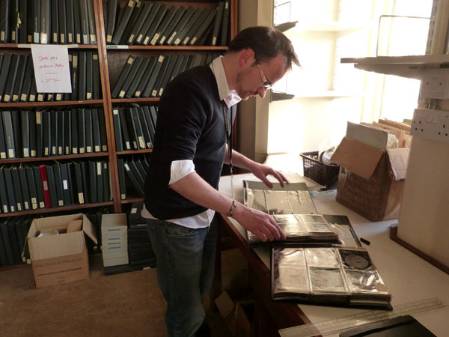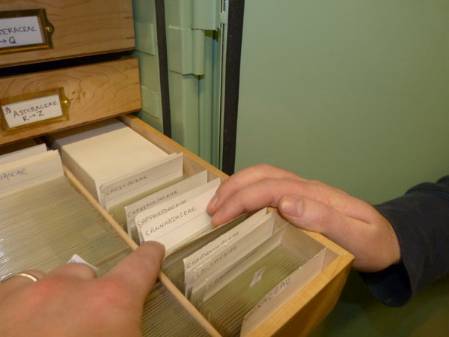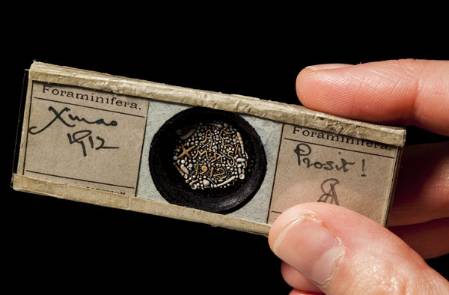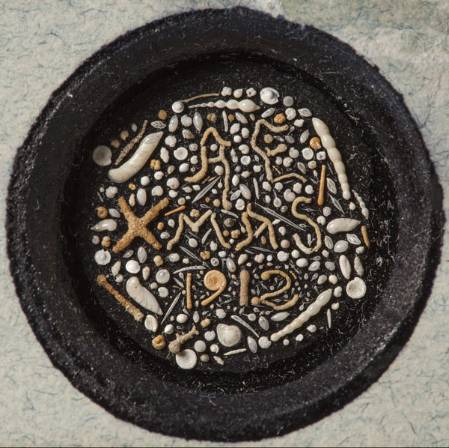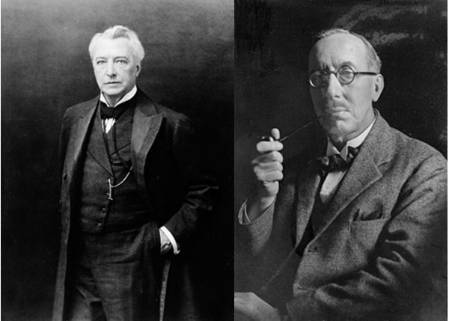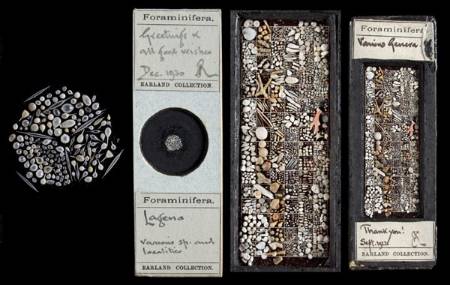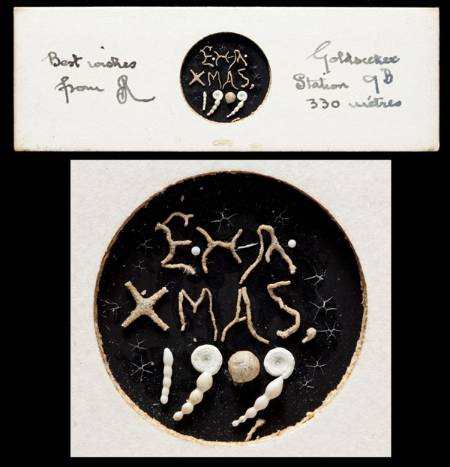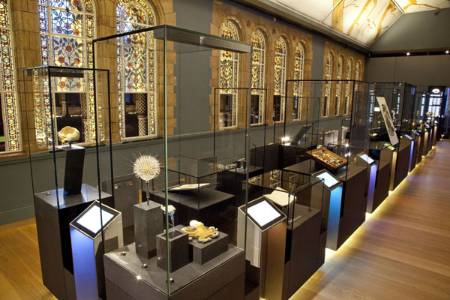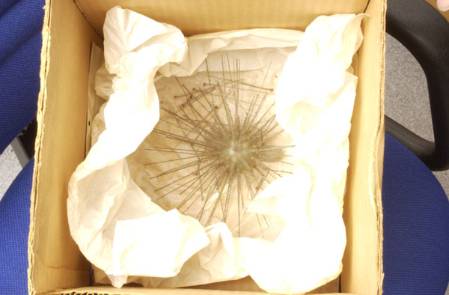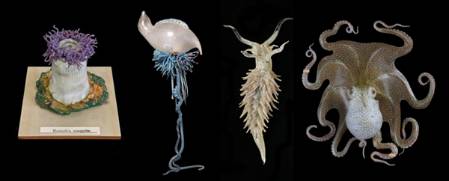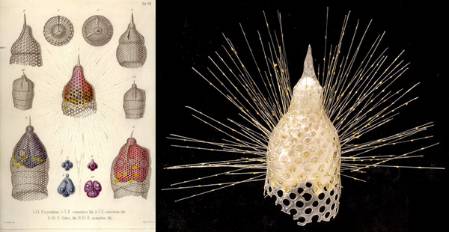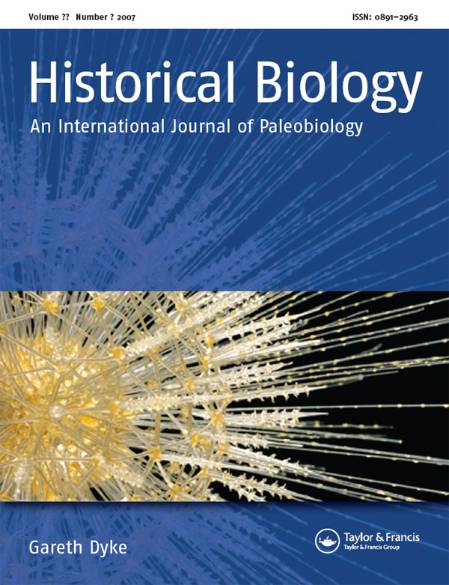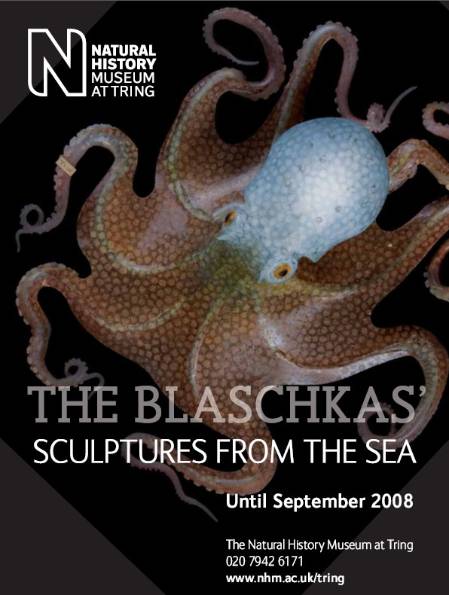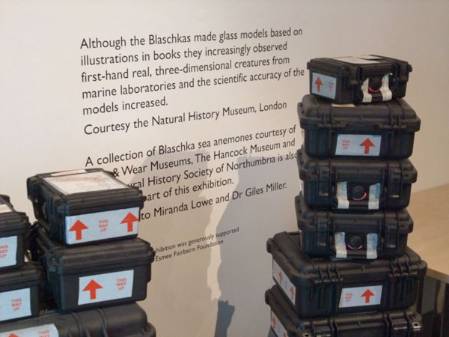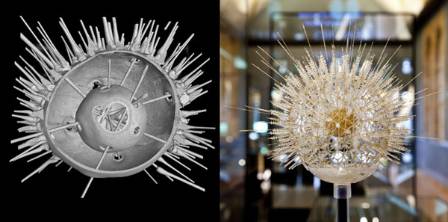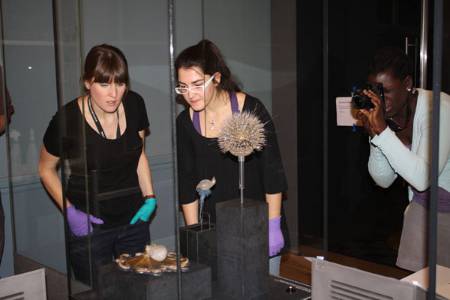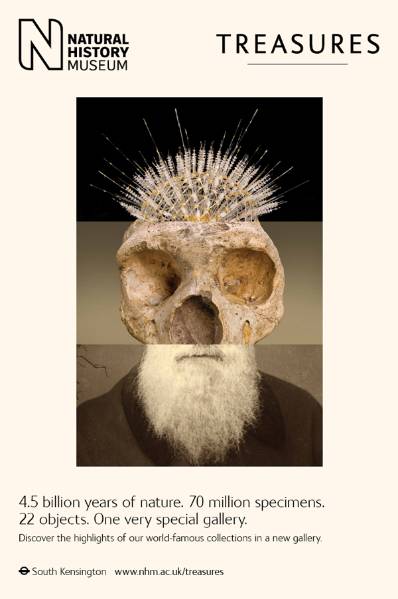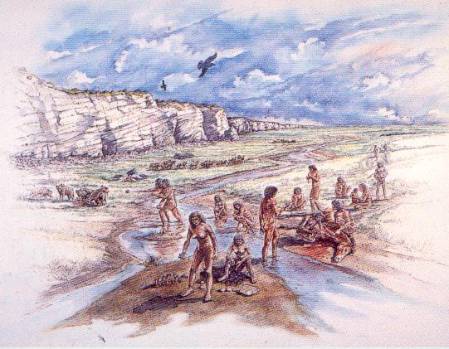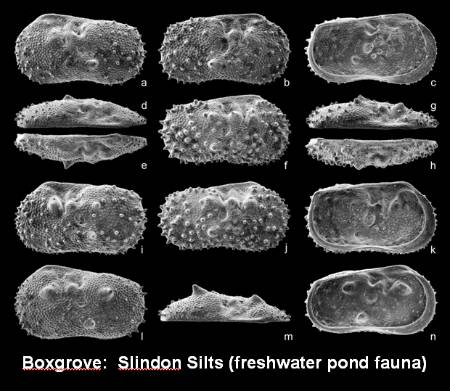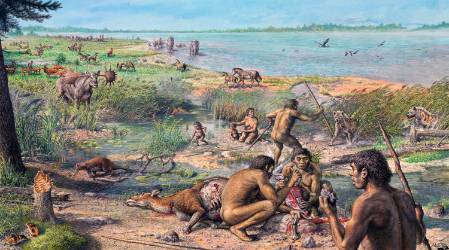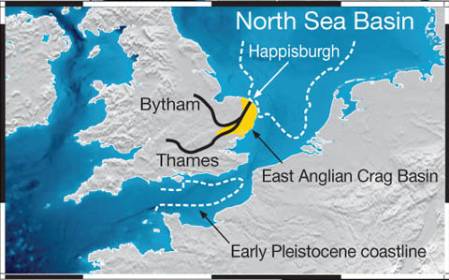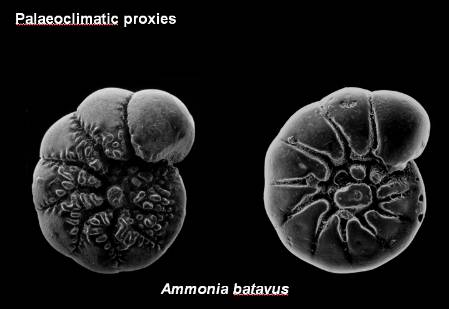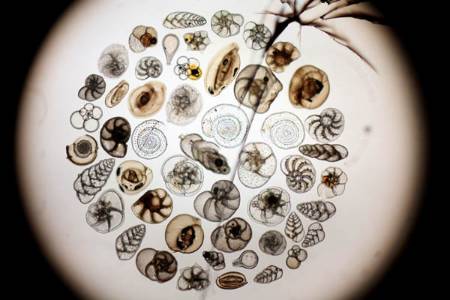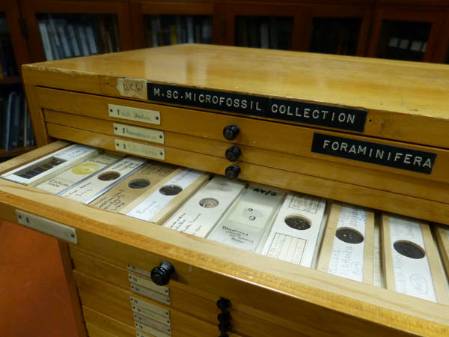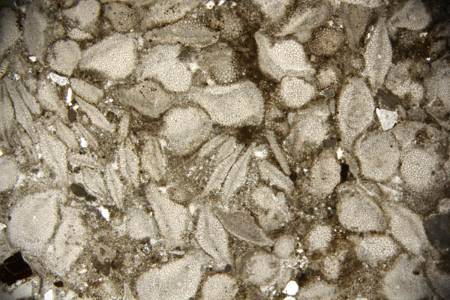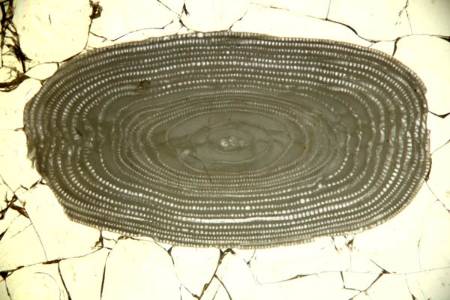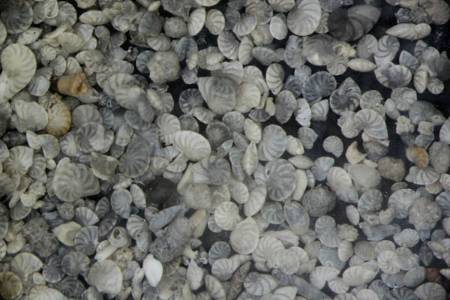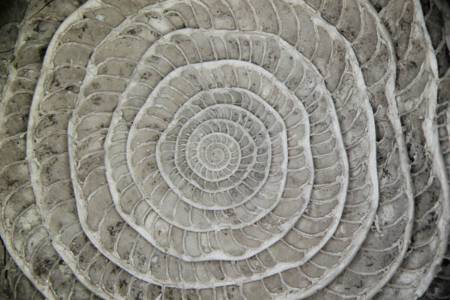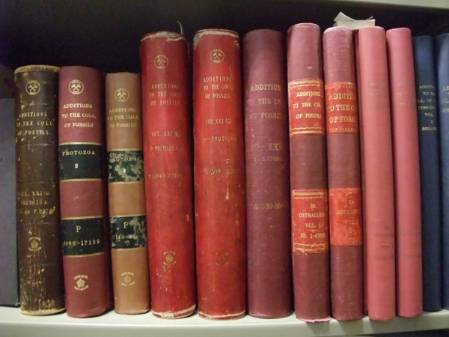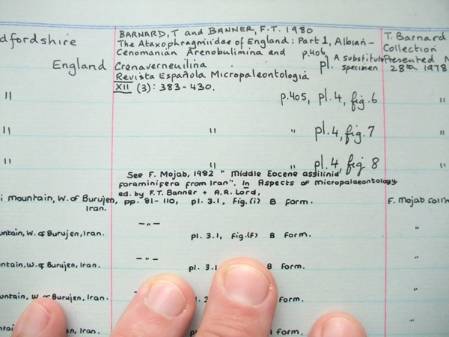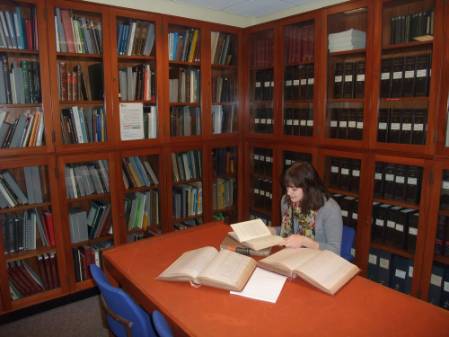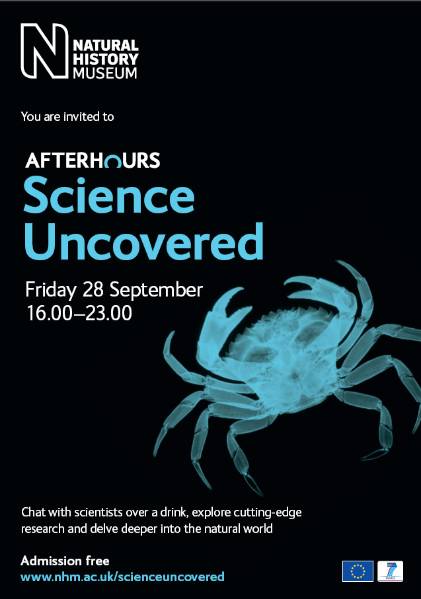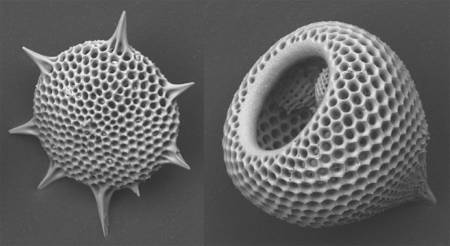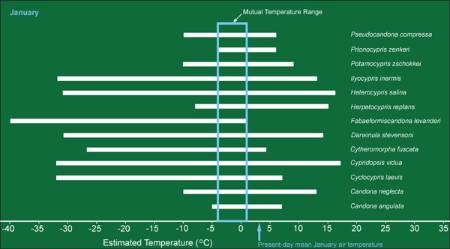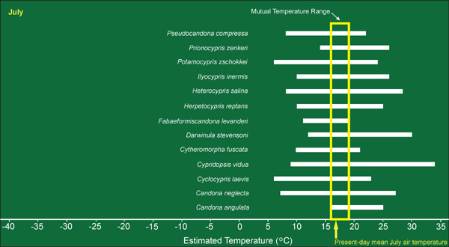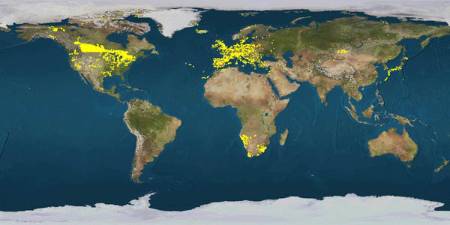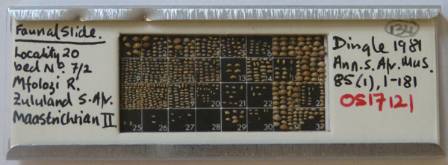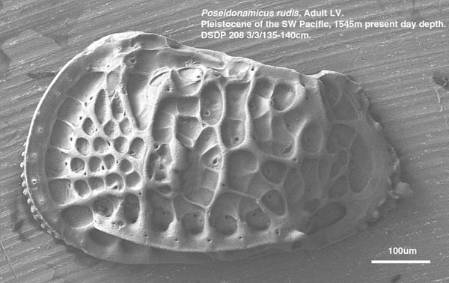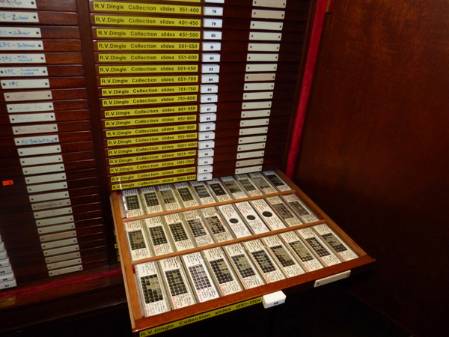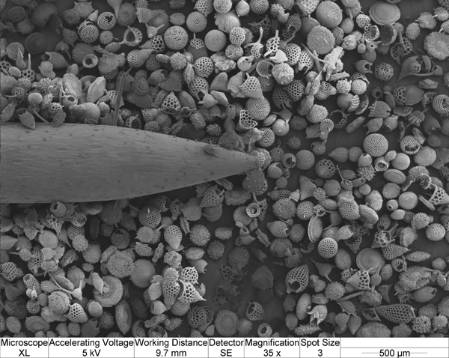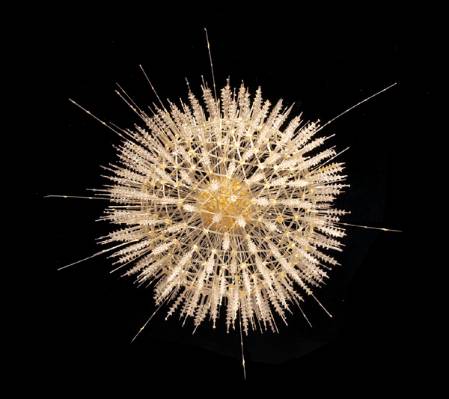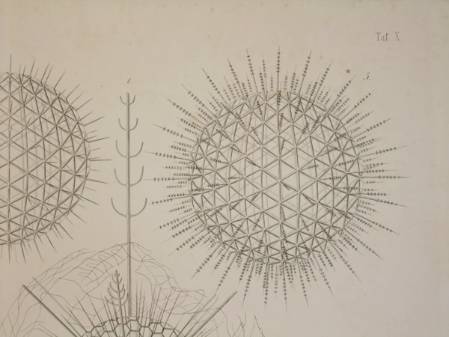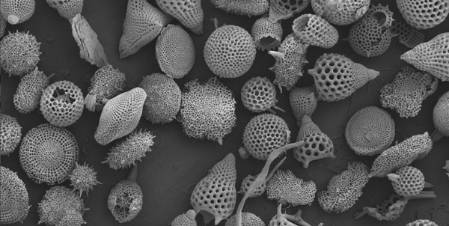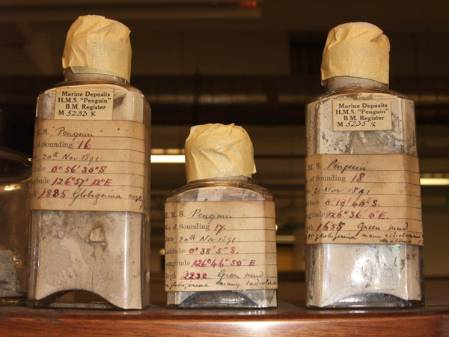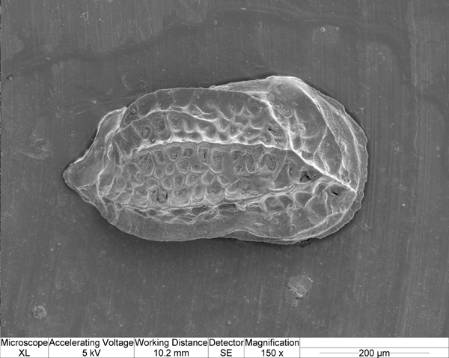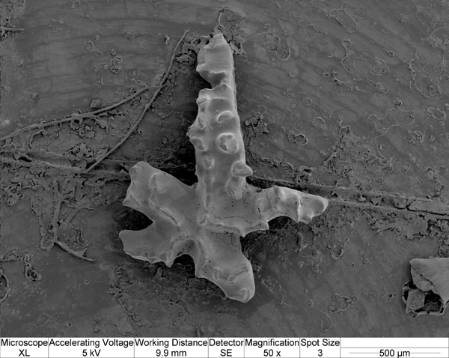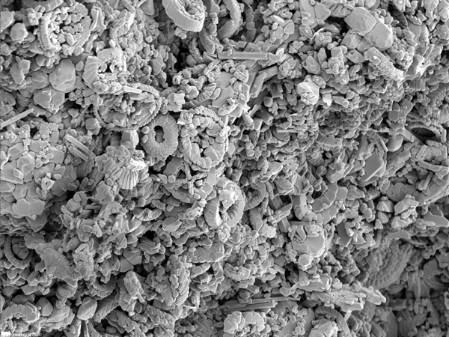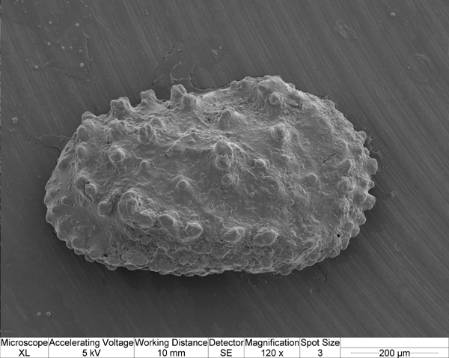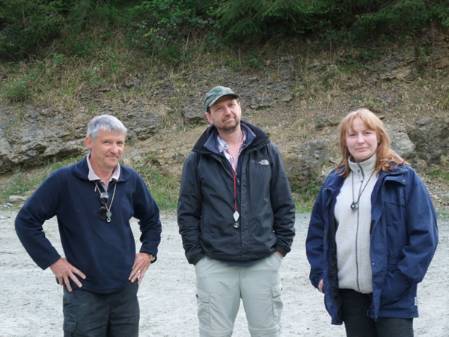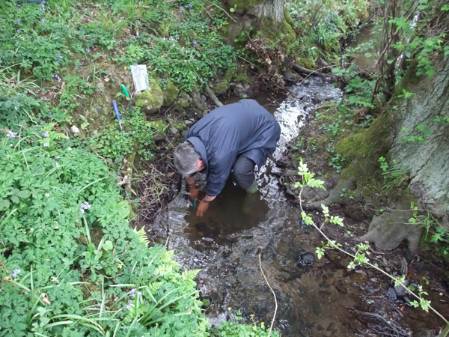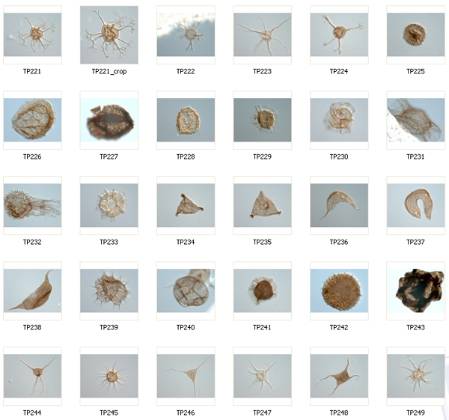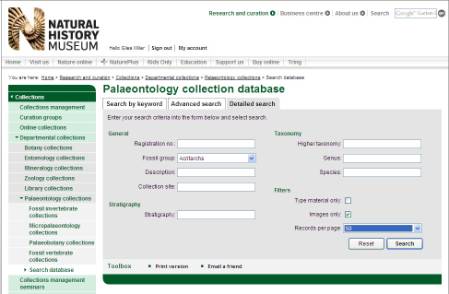I'm very excited to see that the Museum is running a half term activity called Curious Collectors. As a child I would have loved this as I was an avid collector and had my own rock collection under my bed. Some of my Geology undergraduate colleagues may even remember me at the end of a field trip to Cyprus sitting next to an enormous pile of rocks I had collected and telling me 'you can't possibly take ALL those home on the plane...'
My passion for collecting and collections led me to a career as a curator at the Natural History Museum. What path led me to that dream job and more importantly, what do you need to do to become a curator?
My first field sketch aged 7 and my holiday diary recounting a visit to the Lizard, Cornwall to collect some serpentinite. (Yes serpentinite has purples, reds and greens!). I still have the specimen I collected that day with the help of family friend Chris Moat, frequent donor to 'Museum Giles'.
First off though, what is a curator? This question is probably worthy of a separate blog post and frequently leads to differences in opinion. 'Curator' can mean different things in different types of museums and in different parts of the world. In North America a museum curator is hired to do research and there my job would probably be labelled 'Collections Manager'.
I like the idea that in Australia a curator prepares the pitch for test match cricket but I'm inclined to agree with University College curator Nicholas J Booth who prefers to restrict the use of the term to museums. For the purposes of this blog post I shall say that a curator cares for a collection by enhancing its documentation and storage, maintains access to it by facilitating loans, visits and exhibits and promotes its relevance by engaging with potential users. With that, here's how to become one:
- Take advice on what to study at University
To work as a curator at the Museum you need to have a relevant science degree. My degree choice of Geology was entirely driven by my desire to find out about the specimens in my personal collection. I remember coming to the Museum in the early 1980s to ask my family friend, the late John Thackray, what A-levels I required to study Geology at University and being dismayed at his answer of 'Maths, Physics and Chemistry'. You will notice that I did not study Biology. At the time I did not know that I would be so inspired to take further studies on microfossils and become a Palaeontologist.
- Take a further degree?
There is no right or wrong answer here. When I first came to the Museum I was are rare example of a curator in my department with a PhD. A further degree in a relevant subject certainly helps but is not absolutely neccessary. In some ways, curatorial jobs at the Museum are unusually specialised as our main interactions are with research scientists. For positions in other museums it can be more advantageous to have a broader background because you would usually be expected to responsible a much wider range of collections and focus on different tasks. A masters in Museum Studies is often a requirement in these situations. Having said that, the majority of my curatorial colleagues do not have this qualification.
- Get some work experience
Specialising made my career prospects narrower and my PhD was followed by a lengthy period of job seeking. I was not getting interviews because I had qualifications but no experience. I decided that a spot of volunteering was what was required to boost my CV and get me on the career ladder so I moved from Leicester to London to volunteer at the Museum. It's never too early to start thinking about getting some experience and school work experience students often come to the Museum. Volunteer and work experience opportunities are advertised regularly on the museum web site.
- Be in the right place at the right time
I was lucky to be in the right place at the right time as I volunteered just as a new microfossil collection had been donated that was relevant to my PhD. Shortly afterwards a temporary position became available as Curator of the former BP Microfossil Collection. I held this temporary position for 6 years until I was successful with an application to get a position on the permanent staff. It's the same in almost any profession. Being in the right place at the right time can make a big difference and sometimes you have to be patient before the right opportunity comes up.
- Find out more
If you'd like information about curators and their activities then consider joining the Geological Curators' Group or the Natural Sciences Collections Assocation (NatSCA). There are many curators like myself blogging and you can also find out more about their daily activities through Facebook or Twitter (follow us on @NHM_Micropalaeo). The Museum web site includes a fossil hunting guide if you feel inspired to go out and do some collecting yourself.
- Start now!
Don't leave it too late to get involved like I did. If you can get to London between 18th-22nd Feb then why not sign up to be a Curious Collector? If you can't get to London then why not contact your local museum and get involved in similar activities? It's a great way to start gathering that experience needed to help you become a curator.##



